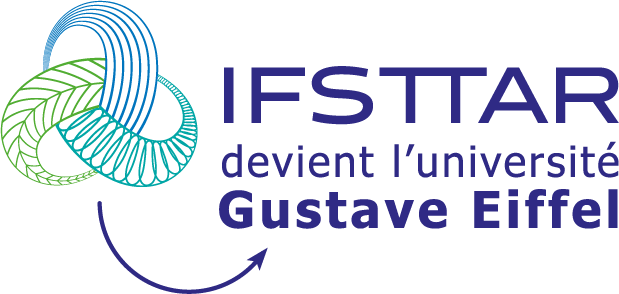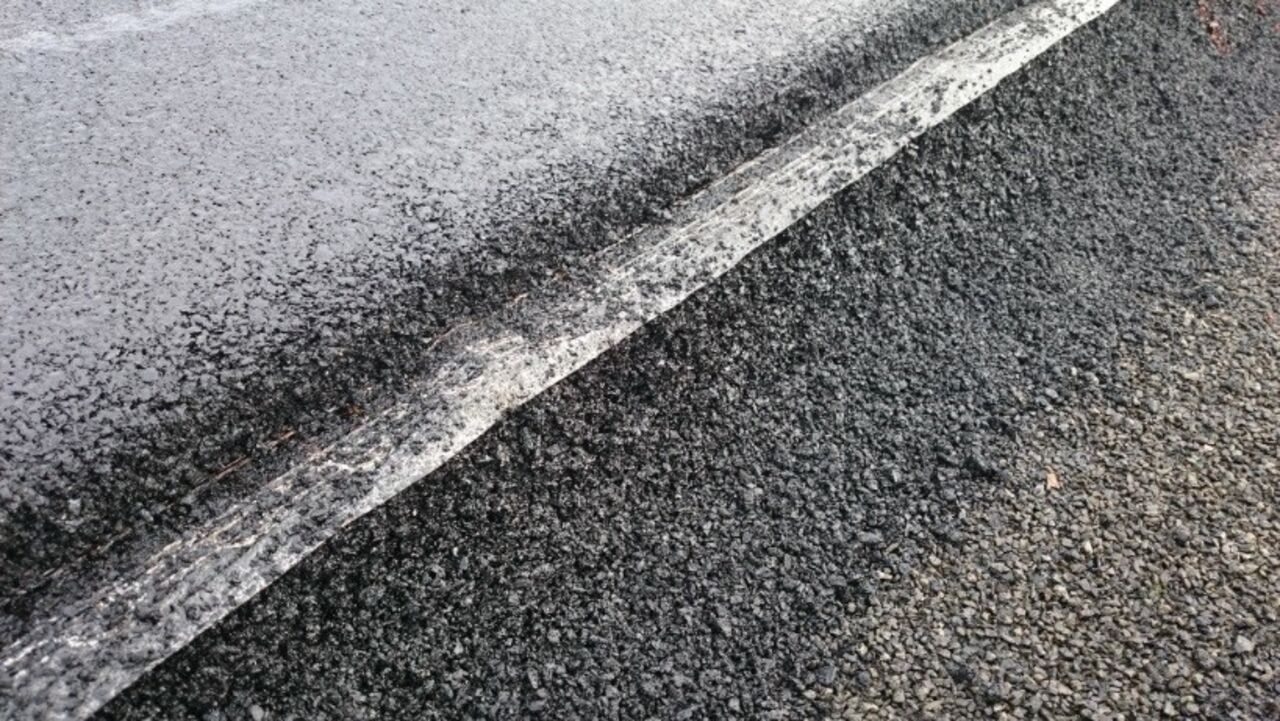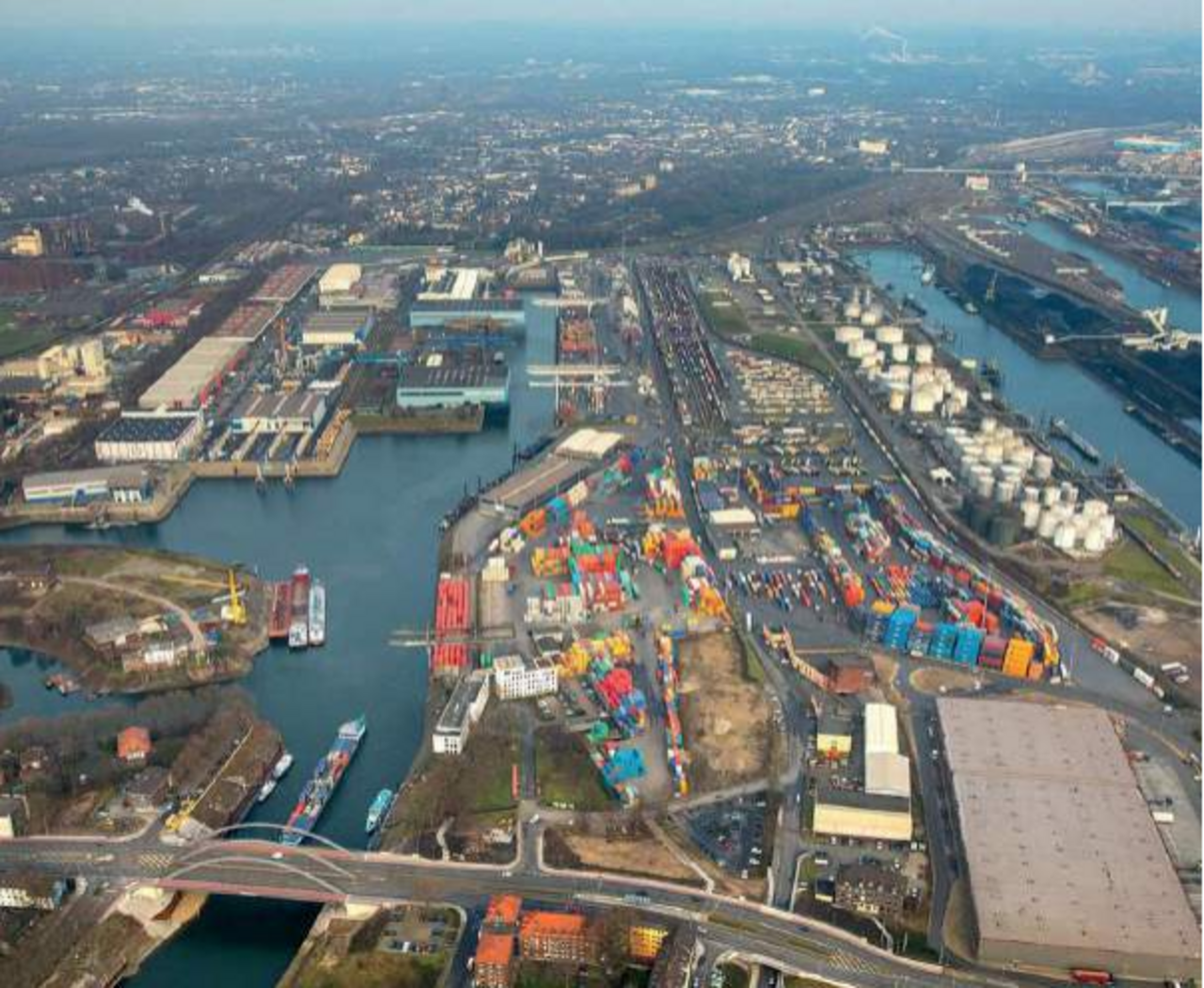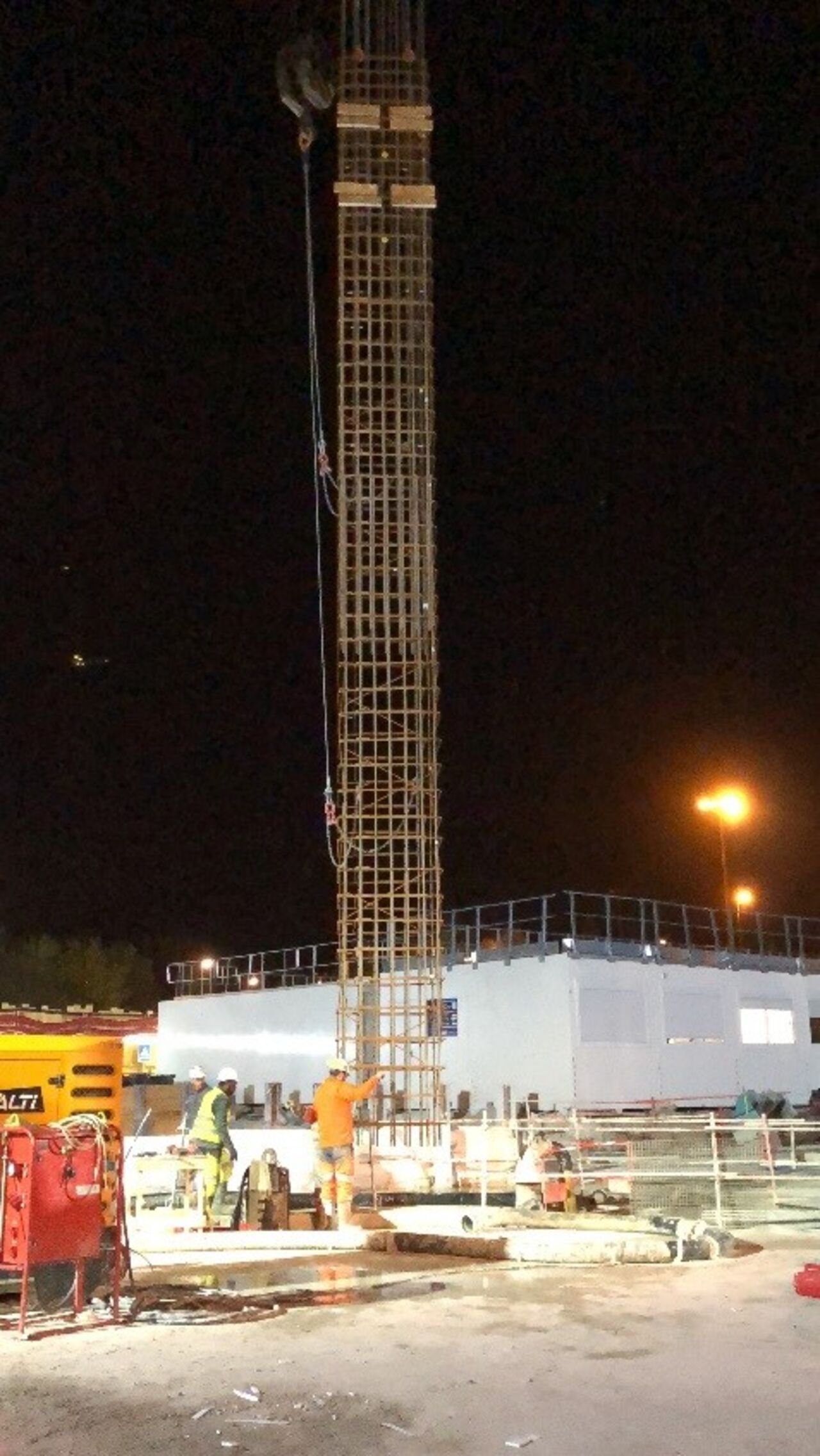Reference

Adapting infrastructure
Adapting to the challenges posed by new forms of mobility involves increasing the lifespan of existing infrastructure by guaranteeing its strength and resilience. Examples of research that contributes to the durability of engineering structures and pavements, the optimisation of their use or their monitoring are given below.
Monitoring and detection methods using sensors are being developed and tested under real conditions (the use of fibre optics for underground structures). Adaptation also involves optimising road traffic, developing multimodal solutions and optimising heavy vehicles on the basis of performance criteria (more efficient and environmentally-friendly), as in the FALCON project. In the case of pavements, which account for a large share of the maintenance budget, research seeks to make them more robust and durable in situations where they are subjected to greater stresses.
The ANR SolDuGri Project – A durable technique for pavement strengthening with fibreglass grids
The ANR SolDuGri project aimed to gain a better understanding of the mechanical behaviour of fibreglass-reinforced bituminous pavements from when they are laid to the end of their service life, including their performance under loads. Laboratory studies were supplemented by full-scale trials on the fatigue carousel and by modelling of the fatigue behaviour of the strengthened pavements.
Usually, fibreglass grids provide a high-performance reinforcement method for delaying reflective cracking in bituminous pavements in order to increase their service life. Currently, the profession is trying to use this solution to reinforce upper pavement layers. Their evaluation is still based on empirical rules. This project, combining laboratory studies, experimental observations and modelling, has made it possible to:
- To evaluate the performance of the different components (strands and resins) of the grids used in the project 40x40mm2;
- To characterize by means of laboratory tests the mechanical performance of the grids in terms of their tensile strength, creep, strength during laying, fatigue and cracking of reinforced bituminous mixes;
- To gain a better understanding, through laboratory and full-scale tests, of the impact of laying conditions on damage to the grids, the impact of grids on the bonding of bituminous layers, and their mode of operation in the pavement;
- To estimate the service life of reinforced pavements by performing fatigue tests and calculations using the Alizé software;
- To verify that full recycling of these materials is possible;
- To evaluate the environmental impacts of such reinforcement by conducting life-cycle analysis.
The CEDR FALCON Project
The objectives of the FALCON project (Freight And Logistics in a Multimodal Context) were to identify the factors that influence modal choices for freight transport and to propose efficiency criteria for HGVs in terms of safety, manoeuvrability, impact on the infrastructure and responses to logistics needs. Four IFSTTAR teams were involved: SPLOTT (Productive Systems, Logistics, Transport Organisation and Work Laboratory in the AME department (Planning Mobilities and Environment), EMGCU (Experimentation and Modelling Laboratory for Civil and Urban Engineering; Materials and Structures Department), LAMES (LAboratory for Modelling, Experimentation and Survey of transport infrastructures; Materials and Structures Department) and the Scientific Directorate.
In order to develop vehicle performance criteria, a population of heavy goods vehicles that is representative of those on European roads was selected. At the same time, a catalogue of the infrastructures commonly used in Europe (roads, bridges) was drawn up, with their geometric and mechanical characteristics. The behaviour and aggressiveness of the various HGV silhouettes were evaluated on these infrastructures, making it possible to propose performance criteria (PBS: Performance Based Standards). These are aimed at designing more efficient trucks that respect the environment (emissions and consumption) and the existing infrastructure.
This project paved the way for Europe's Smart Infrastructure Access Policies (SIAP), along the lines of those introduced in Australia (IAP), and showed the attendant benefits.
Monitoring designing intersections in underground works
IFSTTAR used fibre optics to instrument four diaphragm walls forming the protective enclosure of the OA13 structure on the Ile de Monsieur, in Sèvres on the banks of the Seine. This structure is one of the access shafts for the tunnel boring machines working on line 15 of the Grand Paris express. As each of its walls is 60m high, more than 1,000m of fibre was needed for the instrumentation. Twelve fibre optic cables were fixed to the reinforcement cages of the diaphragm walls under study. The deformations experienced by the structure during earthworks inside the enclosure were measured by these fibres over a period of 10 months.
Robust and original data processing methods were developed to adapt to site constraints, particularly vibrations. This experimental campaign showed that fibre-optic instrumentation was able to provide a continuous deformation profile that reflected the progress of the construction works and allowed an evaluation of the orthoradial compression of the wall.




